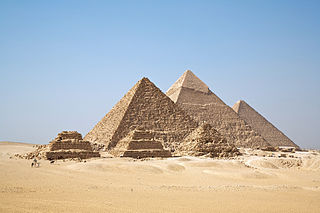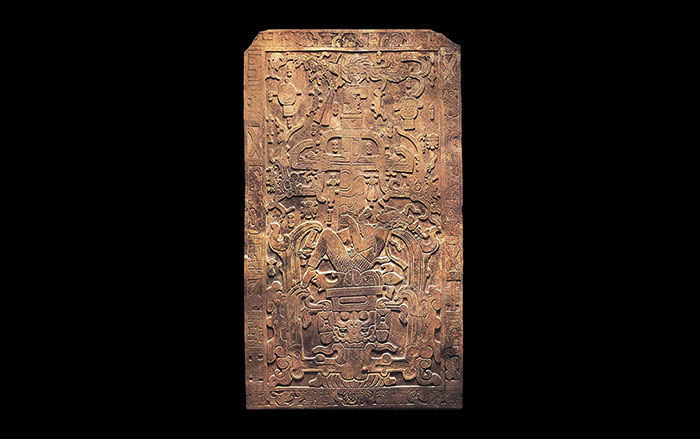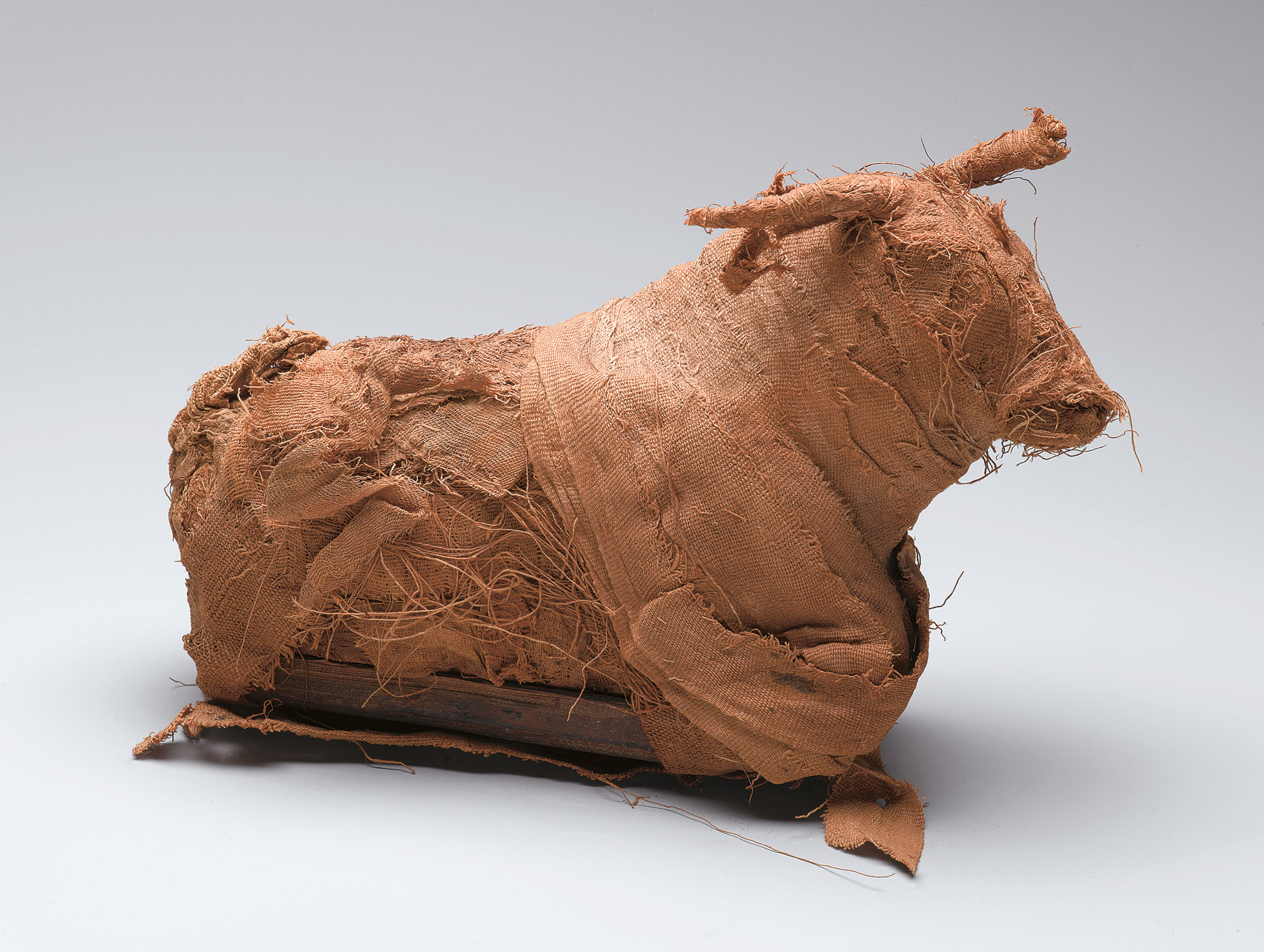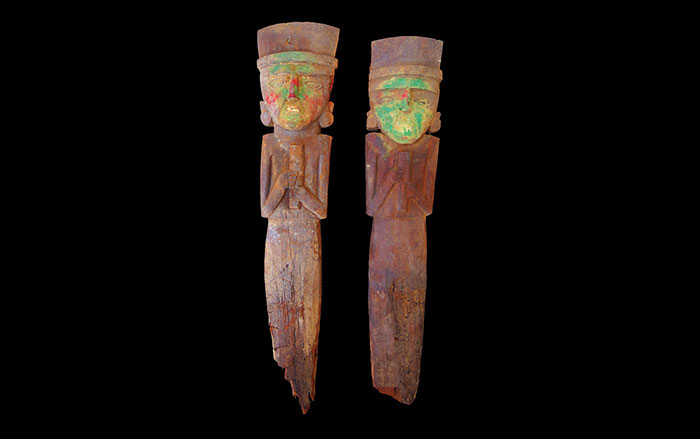
AMSTERDAM, THE NETHERLANDS—Egypt’s pyramid-builders may have used water to move massive stone blocks across the desert sands. Physicists at the University of Amsterdam tested the method shown in a wall painting in the tomb of Djehutihotep, which dates to 1900 B.C. In the painting, 172 men haul a statue with ropes attached to a sledge. A person standing on the front of the sledge pours water over the sand—an action that Egyptologists had reportedly labeled a ceremonial act. Tests have shown, however, that the right amount of water helps the sledges to glide across the surface of the sand. “If you use dry sand, it won’t work as well, but if the sand is too wet, it won’t work either. There’s an optimum stiffness,” Daniel Bonn told Live Science.










